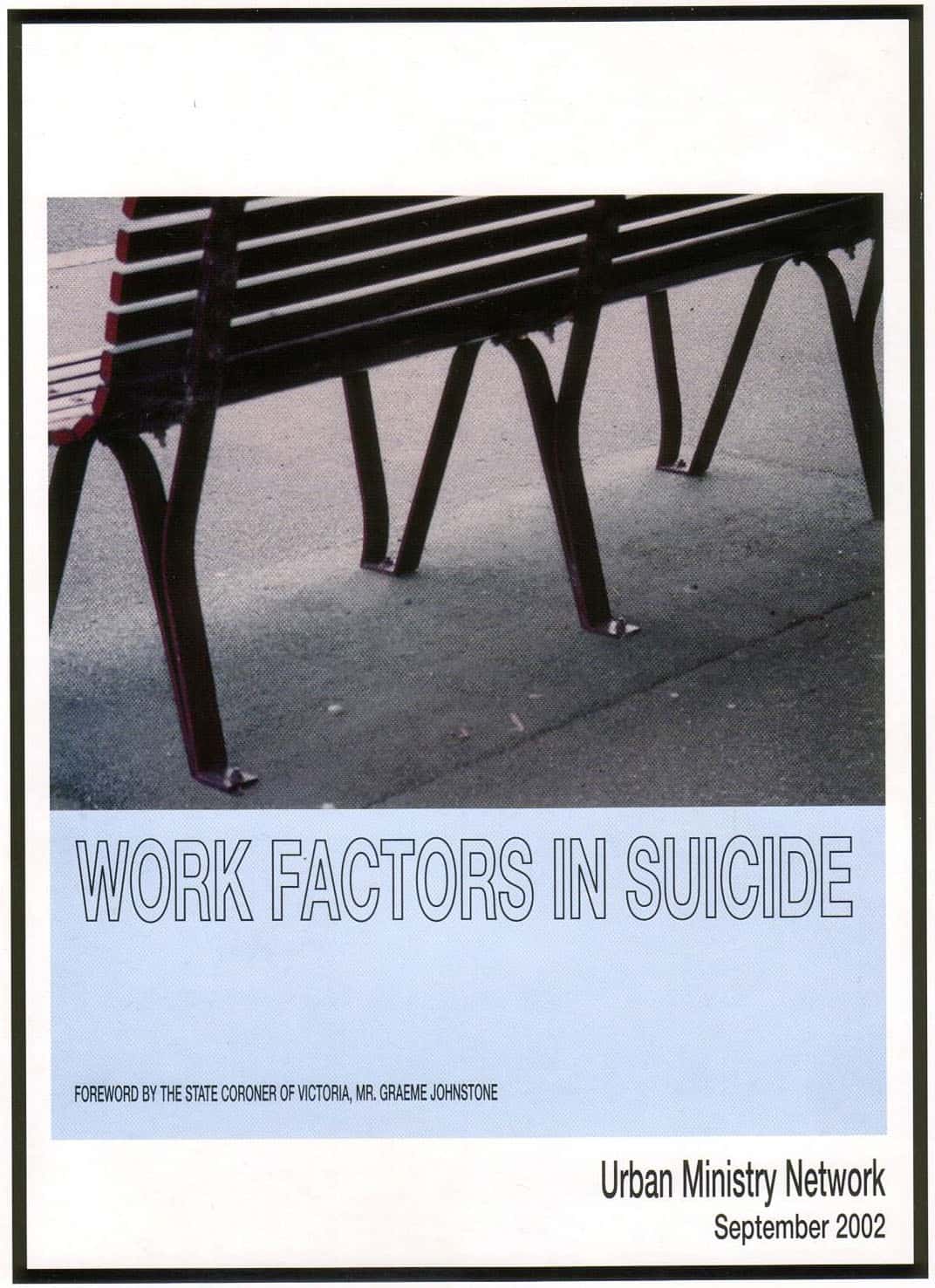Over the last few days Australian media has been covering the hospitalisation of Tasmanian MP, Paula Wriedt. It has become apparent that Ms Wreidt attempted suicide as a result of a combination of work and family pressures.
Being a politician is a difficult job and, as with any job, pressure can become excessive. This was seen over the last few years in New South Wales with the reported suicide attempt of John Brogden in August 2005 and his retirement due to ill-health, and the resignation of Andrew Tink in March 2006 due to a stress-related illness.
In 2005, Australian politician Andrew Bartlett wrote about John Brogden, the pressures of stress in politics and how the media reports on politicians.
In 2002 a small sample survey into the role of work factors in suicide was undertaken in

Melbourne by the Urban Ministry Network. The authors analysed 109 suicide cases from the coronial database between 1989 and 2000.
The main factors in the suicides were
- Work Stress (21%)
- Unspecified work problems (19%)
- An argument or disagreement with a work colleague or boss (13%)
- Fear of retrenchment (12%)
According to the report, a work injury or work-related mental illness had an impact on the person’s suicide in 31% of the cases.
These figures indicate that work-related suicide is an issue of genuine concern and one that should demand further research.
The Victorian State Coroner at the time of the report and a strong advocate for preventive safety, Graeme Johnstone, write in the foreword:
As a society we tend to concentrate on the obvious – in terms of the workplace that means traumatic injuries and deaths. We understand that by identifying factors in traumatic workplace injuries and deaths we will be better able to prevent some of the deaths and reduce the number of injuries. This also may be true in the area of suicide and it is why this study on work factors in suicide has so much potential.
One of the authors of that study, John Bottomley, is looking for research funding for a second analyse of suicides. He can be contacted through the website HERE His research outline is listed at the top of this page.
In 2000 an Australian politician succeeded in killing himself. The ABC spoke to an expert on the treatment of depression.
A book review of the Bottomley study is available HERE
UPDATE
Paula Wriedt has spoken to the press for the first time since being admitted to hospital. She thanks her estranged husband, medical staff and family for their help.

